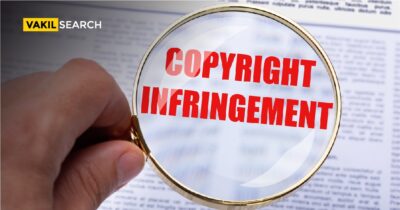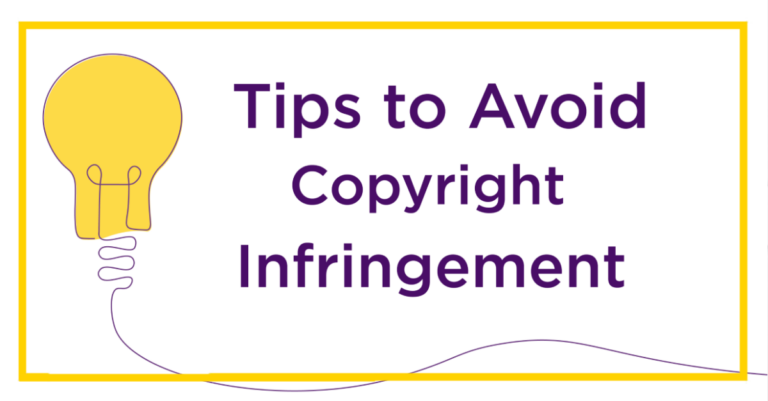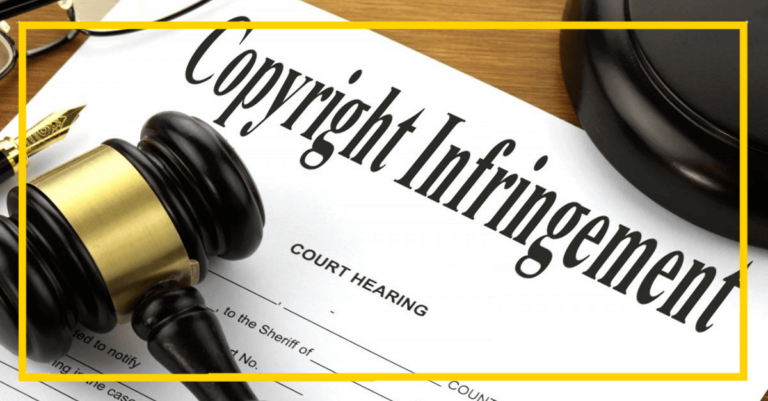While it's natural to feel some anxiety when you discover that others are borrowing your copyrighted content, you can protect yourself and make sure your rights are treated fairly. Learn more here!
What Does the Term Fair Use Mean in Copyright Law?
The key question to ask before using copyrighted material is whether your use is fair. Courts can look at four factors to decide if a use is fair:
- The purpose and character of the use;
- The nature of the copyrighted work;
- The amount and substantiality of the portion used in relation to the copyrighted work as a whole; And
- The effect of the use upon the potential market for or value of the copyrighted work.
In India, there is no specific fair use doctrine. Instead, copyright law relies on four key tests outlined by Indian judge K J Thomas in his 2008 decision in Mithun v. HCL Technologies Ltd. Thomas applied these tests to determine whether software code copied from open source code licensed under GPL was protected by copyright.
Who Is a Permissible User When It Comes to Copyright?
The legal battle over fair use in India and the United States has been ongoing for years, with different rulings giving rise to conflicting opinions on the matter. Fair use copyright disclaimer is a legal concept developed to allow limited use of copyrighted material without the copyright holder’s permission.
The concept has been applied to a wide range of situations. Still, it is most commonly used in cases where the copyrighted material is used for commentary, news reporting, teaching, research or criticism.
In recent years, however, fair use has come under fire as copyright holders have increasingly sought to protect their works from unauthorised use. Will this trend continue, or will courts begin to view fair use more favourably?
Fair Use and Intellectual Property Protection
Intellectual property is a broad term that refers to copyrights, patents, trademarks, trade secrets and other protections that owners wish to reserve against unauthorised use. This protection is often concentrated in the works themselves. Still, it can also be found in the copyright notices, licensing agreements or registration certificates filed with the federal government at the issuance of an original work. However, intellectual property infringement can occur by copying its features without authorisation – even if all uses are second-to-none. Copyright protection is usually granted not just for work as it appears today but also for potential benefits within the art media, which could be developed in the future. In some cases, clear restrictions have been placed upon the uses to which an intellectual property right can be put, sometimes referred to as fair use provisions.
The History of Fair Use in India and the United States
The History of Fair Use Copyright India traces its origins back to the 17th century when English writers began using French expressions without obtaining permission from their original authors. This parasitic use of others’ intellectual property was seen as venial or, at worst, unavoidable. But the ease with which unauthorised quotations could be used for criticism, satire, news reporting—and even commercial advantage—fanned the flames of fair use debate and created a basis for more protection against unauthorised copying in later years.
In 1992, the Indian Supreme Court echoed these sentiments when it ruled that.
‘the object sought to be achieved by copyright is not only to protect the creativity of individuals but also to promote the Progress of Science and Arts. The second goal cannot be attained if works are available indiscriminately and without payment to those who wish to use them.’
As a result, determining whether or not an individual’s use of another person’s copyrighted material qualifies as fair use is often a subjective process (usually determined by weighing the potential harm done against the potential benefit to society). Nonetheless, the law on this issue has been relatively consistent for decades.
Click here: IP India Copyright
How Fair Use Covered Before the Copyright Act?
The US Copyright Act of 1976 does not include a definition of fair use, leaving the issue up to individual interpretation. In 1978, the US Second Circuit Court of Appeals, in a case known as Campbell v. Acuff-Rose Music, ruled that although the Copyright Act did not include a fair use provision, it was nonetheless an acceptable rationale for using copyrighted material by obtaining prior permission from the copyright holder. The ruling set a precedent and is still used today by courts when interpreting the Fair Use doctrine. India has a similar doctrine known as Section 107 of the Indian Copyright Act. Sections 107 and 109 of the Indian Copyright Act state that the use of copyrighted material for commentary, criticism, news reporting, teaching or research is allowed if it is done fairly and substantially. While these provisions provide some guidance, it is up to individuals to apply them in specific cases.
Conclusion
In the US, fair use of copyrighted material has been a cornerstone of free speech for decades. It allows for limited uses of copyrighted materials—such as commentary, criticism and reporting—to further the public’s understanding of these materials. In India, however, fair use is not nearly as well-understood or protected. This lack of understanding can have severe consequences for individuals and businesses that rely on fair use to do their jobs freely and without fear of legal reprisal. The battle between copyright: https://copyright.gov.in/ owners and those trying to protect free speech is far from over. Still, it would be a mistake to consider it settleable anytime soon. To protect your work legally, contact Vakilsearch today.
FAQs
What is Section 52 of the Copyright Act 1957?
Section 52 of the Copyright Act 1957 provides for certain limitations and exceptions to copyright infringement, including provisions related to fair dealing, educational use, and personal use.
What is fair use under the Copyright Act?
Fair use under the Copyright Act allows for the limited use of copyrighted material without permission from the copyright owner for purposes such as criticism, comment, news reporting, teaching, scholarship, or research.
What is fair use in digital copyright?
Fair use in digital copyright refers to the application of fair use principles to digital content, allowing for the limited use of copyrighted material in digital formats for specific purposes without infringing copyright laws.
What is an example of a copyright?
Examples of copyrighted works include literary works (books, articles), artistic works (paintings, sculptures), musical compositions, films, software, and architectural designs.
Who is the first owner of copyright?
The first owner of copyright is typically the creator or author of the work. In cases of works created by employees in the course of their employment or works commissioned under a contract, the employer or commissioning party may be the first owner of copyright.
What is the copyright symbol called?
The copyright symbol (©) is called the copyright symbol or copyright notice.
Who is the father of copyright?
The term father of copyright is often attributed to Richard Stallman, an American software freedom activist and computer programmer known for his advocacy of free software and open-source initiatives.
What is nature of copyright?
Copyright is a legal right that grants the creator of an original work exclusive rights to its use and distribution, usually for a limited time, with the intention of enabling the creator to receive compensation for their intellectual effort.
What is out of copyright in 2024?
Materials released before 1928 are no longer under copyright in 2024. Additionally, materials from 1929 to 1977 without a copyright notice, along with those from 1978 to March 1, 1989, lacking a notice and subsequent registration within five years (where registration addresses the absence of a copyright notice), also fall into the public domain.
What is the expiry of copyright in India?
In India, the duration of copyright protection varies depending on the type of work. Generally, copyright protection lasts for the lifetime of the author plus an additional 60 years from the year of the author's death.
Also Read:










